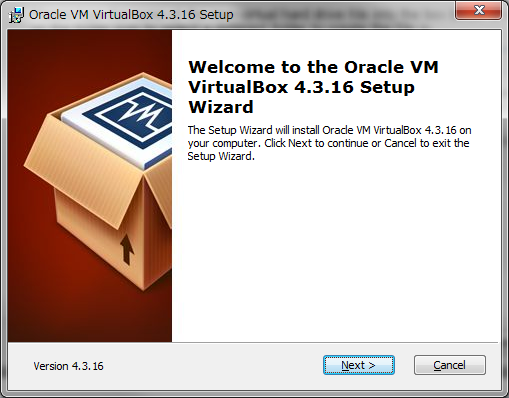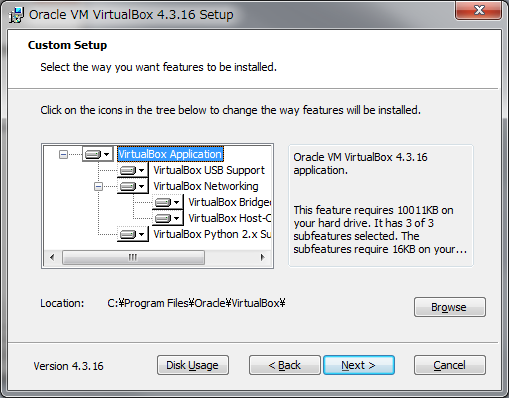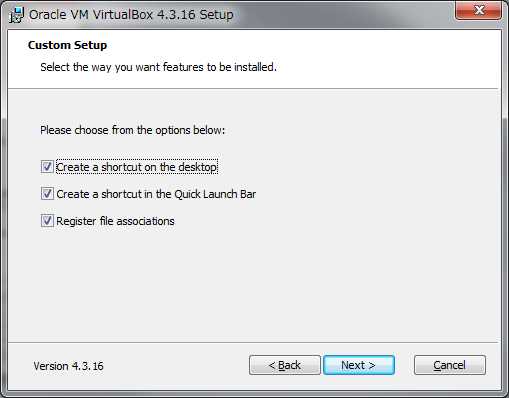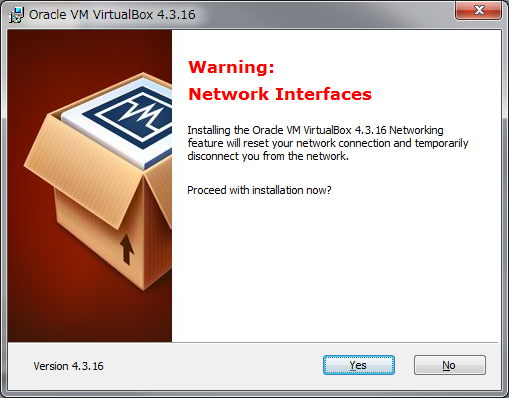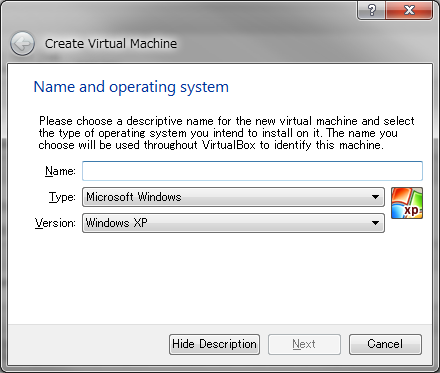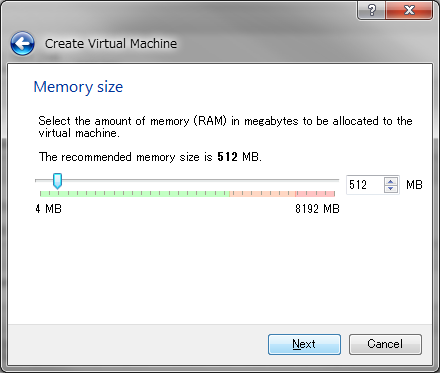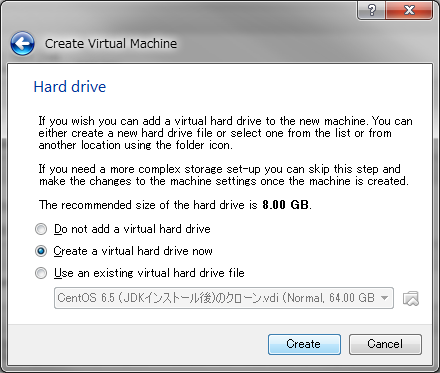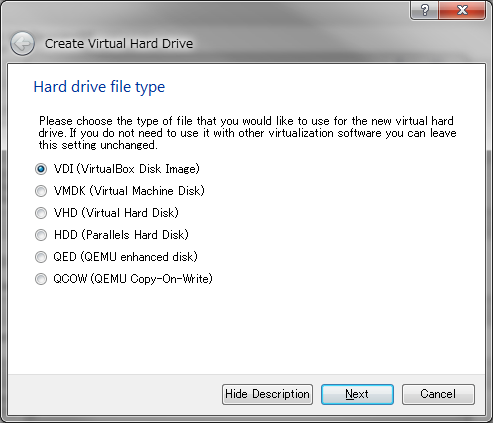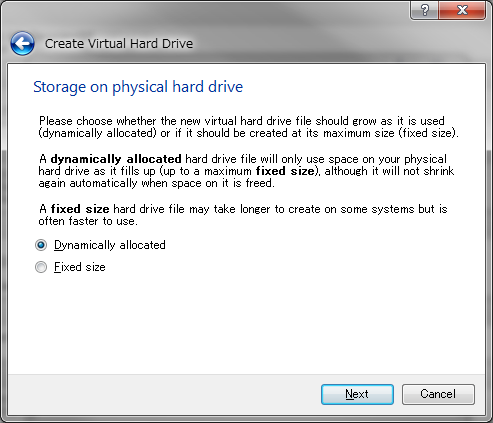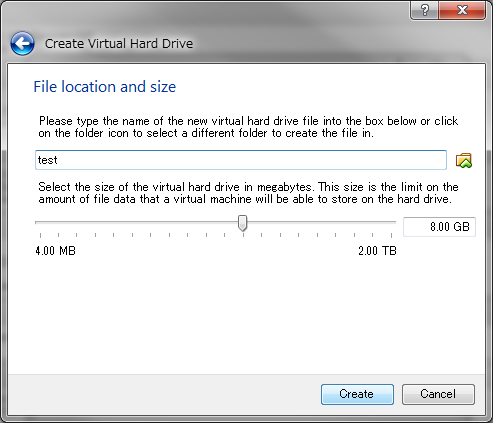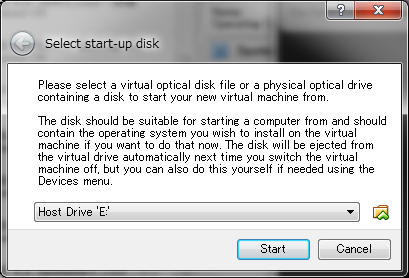HowToUse/VirtualBox/4.3
- List of Backups
- View the diff.
- View the diff current.
- View the source.
- Go to HowToUse/VirtualBox/4.3.
- 1 (2014-09-16 (Tue) 00:06:10)
- 2 (2014-09-16 (Tue) 02:50:47)
- 3 (2014-09-17 (Wed) 03:55:20)
- 4 (2014-09-27 (Sat) 20:14:14)
- 5 (2014-11-03 (Mon) 18:20:59)
_ Specification
| Item | Description |
| Main Developer | Oracle |
| License | GPL v2 |
| OS | Windows,Mac OS,Linux,Solaris |
| Written In | C, C++ |
_ Install&Setup
- Step.1
- Download the installer(virtualization platform package) from here
- Step.2
- Run installer|
- Step.3
- Setup install folder|
- Step.4
- Confirm shortcut option|
- Step.5
- Execute install|
_ HowToUse
- Step.1
- Click "New" button and define guest OS
Item Description Example Name Name of guest OS "Ubuntu Server14(64bit)" Type Type of guest OS "Linux" Version Version of guest OS "Ubuntu(64bit)"
- Step.2
- Specify the memory size for guest OS
Item Description Example Memory Size Memory allocation size for guest OS "2048MB"
- Step.3
- Choose default option and click "next" button
Item Description Example Hard drive Check if you want to create virtual hard drive "Create a virtual hard drive now"(default)
- Step.4
- Choose default option(VDI) for hard drive file type and click "next" button
Item Description Example Hard drive file type Choose Hard drive file type (VDI, VMDK, VHD, HDD, QED, QCOW) "VDI"(default)
- Step.5
- Choose default option(Dynamically allocated) and click "next" button
Item Description Example Storage on Physical hard drive Choose from "Dynamically allocated" or "Fixed size" "Dynamically allocated"(default)
- Step.6
- Choose file size and click "create" button. Now you will see new icon for guest OS.
Item Description Example File location and size Choose "file location" and its "size" "Ubuntu Server14(64bit)"(default), "32GB"
- Step.7
- Confirm the newly created guest OS icon is selected, click "start" button.
- Step.8
- Select ISO file and click "start" button.
- Step.9
- Run guest OS.
#ref(): File not found: "howtouse_fig8.png" at page "HowToUse/VirtualBox/4.3"
- Step.10
- Select Language
- Step.11
- Select Keybord
- Step.12
- Confirm Storage Device Warning (Basic Storage Device).
- Step.13
- Setup localhost name.
- Step.14
- Setup timezone.
- Step.15
- Setup root password.
- Step.16
- partinitioning (replace existing linux system).
- Step.17
- Guest Additions.
_ Contributer
S.Yatsuzuka
